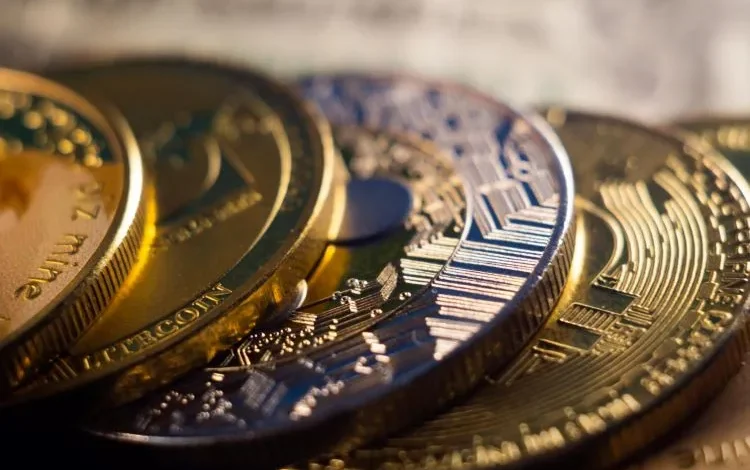The First Time I Faced Impermanent Loss (And What I Wish I Knew Beforehand)

There’s a moment every DeFi investor remembers.
For me, it wasn’t my first swap. It wasn’t even my first NFT flip.
It was the first time I checked my liquidity pool and thought, “Wait, why do I have less than I started with… even though the price went up?”
That, my friend, was my formal introduction to impermanent loss.
And like most people, I didn’t really understand it—until it happened.
Chapter 1: The Pool That Looked Too Good to Pass Up
It was a sunny afternoon. I’d just finished reading about yield farming, and I felt like I was finally “getting it.”
I saw a hot ETH-ALT pool offering triple-digit APY on a popular AMM. I had some ETH, and I liked the altcoin’s whitepaper. So I thought:
“Why not put my ETH to work instead of just sitting on it?”
I deposited equal values of both assets into the pool and walked away, dreaming of passive income and early retirement.
Chapter 2: The Price Mooned… and I Lost Value
Two weeks later, the altcoin doubled in price.
I rushed to check my position, expecting to see my portfolio flourishing.
But what I saw shocked me.
Yes, my share of the pool had grown slightly from trading fees.
Yes, the altcoin had gained.
But somehow, I had less overall value than if I had just HODLed both tokens separately.
That’s when I stumbled into the term I hadn’t taken seriously enough: impermanent loss.
Chapter 3: The Reality Behind the Math
Here’s what no one tells you when they’re hyping APYs:
Providing liquidity is not the same as holding your tokens. When token prices diverge—even in your favor—you might lose out on upside due to how AMMs rebalance the pool.
In simple terms:
- If one token moons, you end up selling some of it automatically to balance the pool.
- You miss the full gain.
- That’s the “loss” part—impermanent, unless you pull your liquidity and realize it.
What stings is that this happens even when prices go up. It’s not just about crashes.
Chapter 4: What I Did Next
Once I understood what had happened, I didn’t rage-quit DeFi.
Instead, I adapted. Here’s how:
- I switched to stablecoin-stablecoin pairs for safer returns with less volatility.
- I researched AMMs like Curve and Balancer, which offer protection mechanisms.
- I used tools like APY.vision to track my real yield and losses in real time.
- I learned how volatility, volume, and pair composition affect impermanent loss risk.
Most importantly, I stopped blindly chasing high APY pools. Instead, I began choosing utility over hype, and risk-adjusted yield over adrenaline.
Chapter 5: What I Wish I Knew Then
If I could go back and tell myself one thing before that first deposit, it would be this:
“Yield is only as good as the price dynamics of the pair.”
Here’s what you should remember before jumping into a pool:
- If you think a token will outperform its pair, don’t LP it—HODL instead.
- Wide price divergence = higher impermanent loss risk.
- High APYs often mask hidden volatility.
- Fees can offset losses, but only if the pool has strong volume.
Want a clear breakdown of how IL works? You can check the technicals and mitigation tips in the full guide on impermanent loss.
Final Reflection: DeFi Teaches You Fast—If You’re Willing to Learn
Impermanent loss taught me more about crypto than any pump ever could.
It taught me about opportunity cost, protocol mechanics, and the value of doing your homework.
Today, I still provide liquidity. But I do it with eyes wide open. I understand the risk/reward curve. I read the tokenomics. I ask the hard questions.
Because in DeFi, mistakes are expensive—but they’re also unforgettable teachers.
So if you’re venturing into liquidity pools for the first time, don’t just follow the APR.
Follow the math. Follow the mechanics. And follow the lessons in this impermanent loss explainer.
It might save your portfolio—and your peace of mind.






